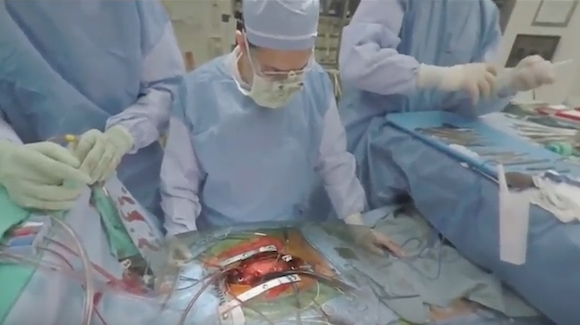Episiotomy for shoulder dystocia does not reduce nerve injury rates
Reuters Health • The Doctor's Channel Daily Newscast
As reported in the American Journal of Obstetrics and Gynecology online April 15, Dr. Amy Paris at Brigham and Women’s Hospital in Boston, Massachusetts, and colleagues found that episiotomy rates fell drastically over 11 years, but rates of brachial plexus injury did not.
In their introduction, the authors note that episiotomy has been conventionally recommended by some as an early, standard intervention for shoulder dystocia. In fact, quality assurance reviewers often cite episiotomy in this setting as a criterion for performance improvement. On the other hand, given that shoulder dystocia is caused by bony impingement rather than soft tissue obstruction, the rationale for episiotomy has been questioned.
To look into this issue, the investigators reviewed all 94,842 births at Brigham and Women’s Hospital between 1998 and 2009 and identified 953 cases of shoulder dystocia and 102 brachial plexus injuries.
During that period, the rate of shoulder dystocias remained constant, ranging from 1.1% to 1.9% of all vaginal deliveries, but the rate of episiotomy with shoulder dystocia dropped from 40% to 4%. Despite this change, the rate of brachial plexus injuries remained steady, ranging from 0.53 to 2.68 per 1000 vaginal deliveries (p for trend = 0.531).
This pattern suggests that an episiotomy does not prevent brachial plexus injury when a shoulder dystocia is encountered, Dr. Paris and colleagues conclude. “We therefore recommend limiting this intervention to carefully selected cases where, in the judgment of the clinician, performance of maneuvers to effect delivery cannot be reasonably achieved without episiotomy.”
They add: “Furthermore, quality assurance standards which penalize lack of performance of episiotomy during shoulder dystocia delivery should be eliminated.”
Reference:
Is An Episiotomy Necessary With A Shoulder Dystocia?
Am J Obstet Gynecol 2011.









